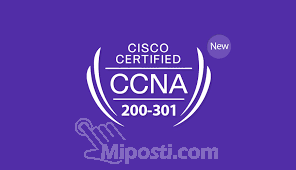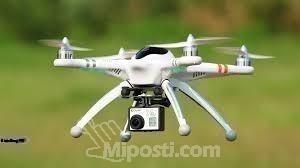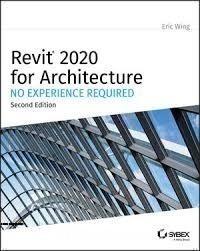Cisco Certified Network Associate (200-301 CCNA)
In this entry-level Cisco CCNA training, the instructor prepares learners to take the 200-301 CCNA exam — the one exam required to earn the Cisco Certified Network Associate certification.
Cisco technologies are everywhere, which means properly trained professionals with the CCNA certification will continue to be sought after. After taking this CCNA course, you’ll be ready to take the 200-301 CCNA, and validate the entry-level skills expected of a network administrator.
For anyone who manages network administrators, this training can be used for 200-301 CCNA exam prep, on-boarding new network administrators, or as part of a team training plan.
Topics include:
- Introduction to CCNA (200-301)
- Build a Physical Cisco Lab Environment
- Set Up Packet Tracer for Hands-On Cisco Practice
- Describe Network Functions and Equipment
- Explain Network Communication Using the OSI and TCP-IP Model
- Describe Common Network Architectures
- Discern Copper and Fiber Optic Network Cable Characteristics
- Connect and Navigate Cisco Internetwork Operating System (IOS)
- Create a Base Configuration for Cisco Devices
- Create a Base Configuration for Cisco Devices Hands-On Lab
- Wireshark Fundamentals Capturing, Viewing, and Filtering Data
- Describe and Analyze TCP and UDP Communication
- Configure Windows, MAC, or Linux for Network Access
- Describe Network Switch Functions and How to Locate Network Devices
- Diagnose Interface Status, Errors, and Cabling issues on a Cisco Switch
- Describe Power over Ethernet (POE) Capabilities and Standards
- Explain IP Addressing and Subnetting Concepts
- Convert Decimal to Binary and Back
- Perform Subnetting Based on Network Requirements
- Perform Subnetting Based on Host Requirements
- Reverse Engineering Subnets and Using VLSM
- Describe IPv6 Core Addressing Concepts
- Design a Basic Wireless Network
- Explain VLANs and Configure VLANs on a Single Switch
- Configure Trunking Between Switches, WAPs and Servers
- Create a Network Diagram with Cisco CDP and LLDP
- Design and Configure a Rapid Spanning Tree Protocol (STP) Network
- Increase Network Capacity Using EtherChannel
- Configure a Basic Cisco Wireless Network using the WLC GUI
- Explain End-To-End IP Communications
- Configure and Verify Cisco IPv4 Static Routes
- Configure and Verify Cisco IPv6 Static Routes
- Describe Cisco Dynamic IPv4 Routing with OSPF
- Implement Cisco Dynamic IPv4 Routing with OSPF
- Interpret and Describe a Cisco IP Routing with Table
- Predict a Cisco Router’s IP Forwarding Decisions
- Configure and Verify Cisco’s Router on a Stick
- Troubleshoot and IP Network
- Cisco NAT Concepts and Base Configurations Static and Overload
- Configure and Verify Cisco NTP
- Configure DHCP Server and Relay Functions
- Explain Common Network Services SNMP, Syslog, QoS, and TFTP-FTP
- Define Key Concepts Regarding Network Security
- Describe Security Program Elements
- Describe Elements of Secure Password Policies
- Configure Cisco Device Access Control Using Local Passwords
- Summarize and Differentiate AAA Concepts
- Apply and Verify Cisco Access Control Lists
- Configure and Verify Cisco Port Security
- Configure and Verify Cisco DHCP Snooping
- Configure and Verify Cisco Dynamic ARP Inspection
- Describe Remote Access and Site-to-Site VPNs
- Describe, Configure, and Verify Wireless Security protocols
- What is Network Automation
- Use REST APIs and JSON
- Controller-Based Networking
- Network Automation Tools Ansible, Puppet, and Chef
Overview
- Tuition Type: English Medium























